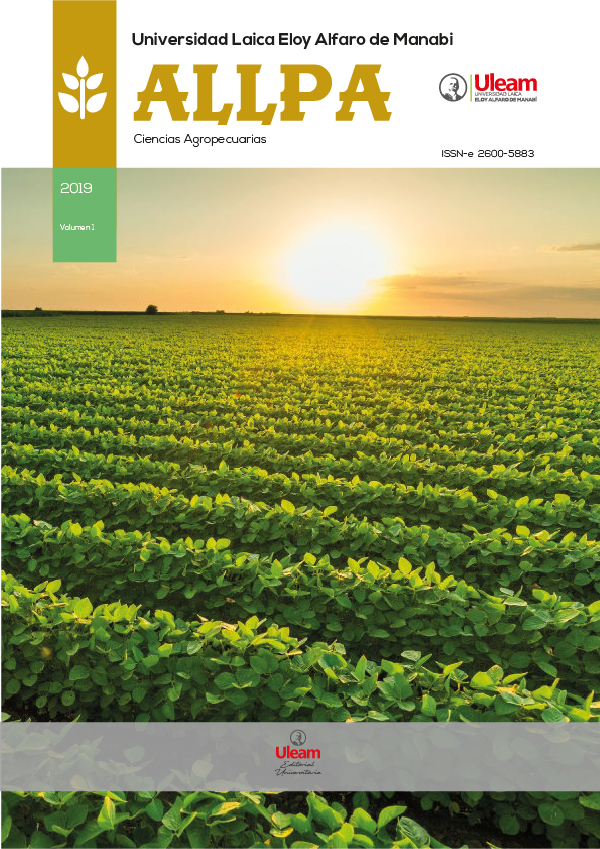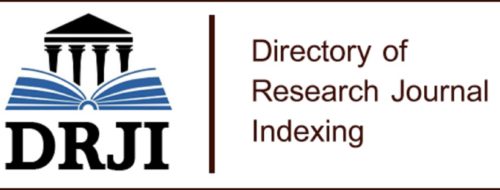The Mortiño as Cultural Heritage and its Impact on Culinary Innovation
DOI:
https://doi.org/10.56124/allpa.v7i13.0068Keywords:
Food Cultural Heritage, Innovation, Mortiño, Endemic FoodsAbstract
The objective of the research was to determine how the cultural heritage of mortiño influences culinary innovation. The specific objectives were to analyze the heritage and cultural value of mortiño and to design a proposal that generates gastronomic innovation from the mortiño product. A mixed-method approach was applied in this research, utilizing a methodology based on the situational cultural diagnosis of mortiño and the design of culinary innovation proposals using the mortiño product. This involved experimentation and evaluation through expert tasting. The scope of the research is the contribution to food sovereignty and sustainability in accordance with SDGs 2, 3, 12, and 13. Mortiño, as an endemic fruit of the Andean region, is considered a heritage product. The use of mortiño flour as a leavening agent does not present a significant contribution in the bread-making process. However, mortiño flour is considered an alternative source of dietary fiber for bread making, providing nutritional and sensory benefits. In conclusion, the use of mortiño as cultural heritage contributes to sustainability, promotes the consumption and dissemination of the use of endemic foods, and guarantees biodiversity.
Keywords: Food Cultural Heritage, Innovation, Mortiño, Endemic Foods.
Downloads
References
Armijos, S. Benavides, N. Rodas, D. Guamán, C. (2022). Estudio del patrimonio alimentario y gastronómico del Cantón La Maná, provincia de Cotopaxi. https://journalprosciences.com/index.php/ps/article/view/496
Basantes, T. Mendieta, Z. Solano, J. (2024). El Mortiño (Vaccinum floribundum kunth): Importancia económica y cultural de una especie nativa de la serranía ecuatoriana.
Bryman, A. (2016). Métodos de investigación social. https://sa- rj.net/index.php/sarj/article/view/37/111
Cobo, M. Gutiérrez, B. Torres, M. (2018) Regeneration of mortiño (Vaccinium floribundum Kunth) plants through axillary bud culture.
Organización de las Naciones Unidas para la Alimentación y Agricultura. (2020). La Biodiversidad para la Alimentación y Agricultura. Organización de las Naciones Unidas. https://openknowledge.fao.org/server/api/core/bitstreams/f4d79466-4594- 408e-bcaf-18bb0196d434/content
Gobierno de la República del Ecuador, (2018). Guías alimentarias Basadas en Alimentos de Ecuador. https://instituciones.msp.gob.ec/images/Documentos/GABAS_Guias_Alimentarias_E cuador_2018.pdf
Instituto Nacional de Patrimonio y Cultura del Ecuador. (2024). Sistema de Información del Patrimonio Cultural del Ecuador. https://www.patrimoniocultural.gob.ec/sistema-de- informacion-del-patrimonio-cultural-ecuatoriano-sipce/
Lawless, H. Heymann, H. (2010). Sensory Evaluation of Food: Principles and Practices. Springer.
López, A. Martinez, A. Aguilera, V. (2018). Investigaciones y Comportamiento Alimentario. https://www.researchgate.net/profile/Andres-Santacoloma- Suarez/publication/350877763_Aprendizaje_del_Comer_Una_complejidad_en_la_Inf ancia/links/6077eb79881fa114b402d11f/Aprendizaje-del-Comer-Una-complejidad-en-la-Infancia.pdf
Ministerio de Cultura y Patrimonio del Ecuador. (2013). Patrimonio Alimentario. El Telégrafo.
Ministerio de Cultura y Patrimonio del Ecuador. (s.f). Manual metodológico para la elaboración del Atlas Patrimonio alimentario.
Moreira, R. (2006). «Memoria y patrimonio alimentario: la importancia de los saberes empíricos». En ALTER. Actas del III Congreso Internacional de la Red SIAL Alimentación y Territorios. Baeza: Universidad Internacional de Andalucía.
Paez, L. (2015). Globalización, soberanía y patrimonio alimentario.
Robertson, C. (2010). Tartine Bread. Chronicle Books. Sage, C.(2022). Medio Ambiente y Alimentación. Routledge. Unigarro, C. (2010). Patrimonio cultural alimentario. https://biblio.flacsoandes.edu.ec/libros/118582-opac
Villarreal, K. Abad, A. (2017). La colada morada como patrimonio cultural gastronómico y turístico de la parroquia de Calderón, Distrito Metropolitano de Quito.
Published
How to Cite
Issue
Section
License
Copyright (c) 2024 Revista de Ciencias Agropecuarias ALLPA. ISSN: 2600-5883.

This work is licensed under a Creative Commons Attribution-NonCommercial-ShareAlike 4.0 International License.


.jpg)










